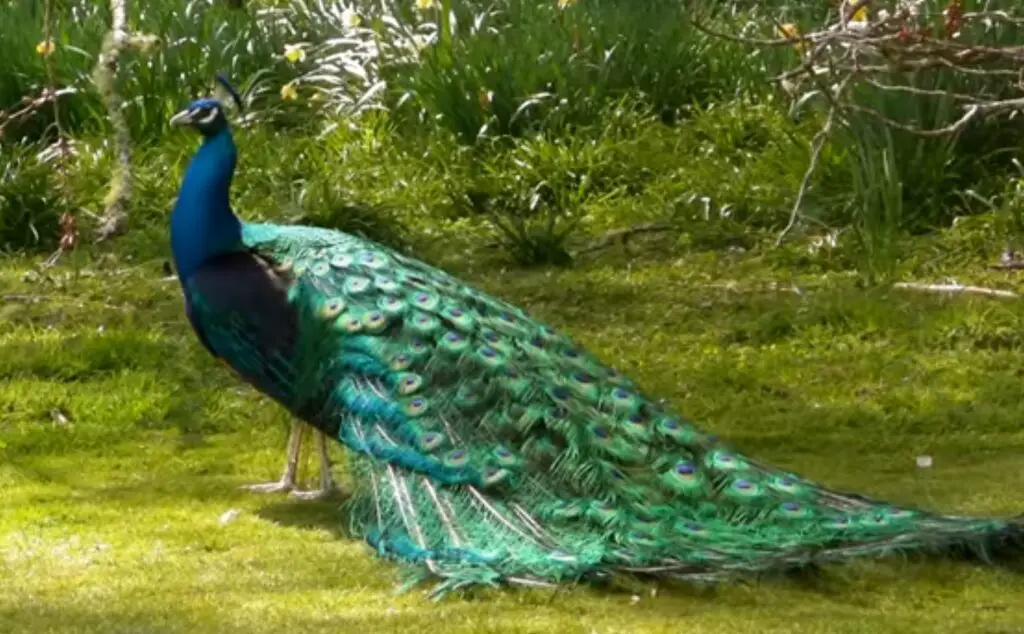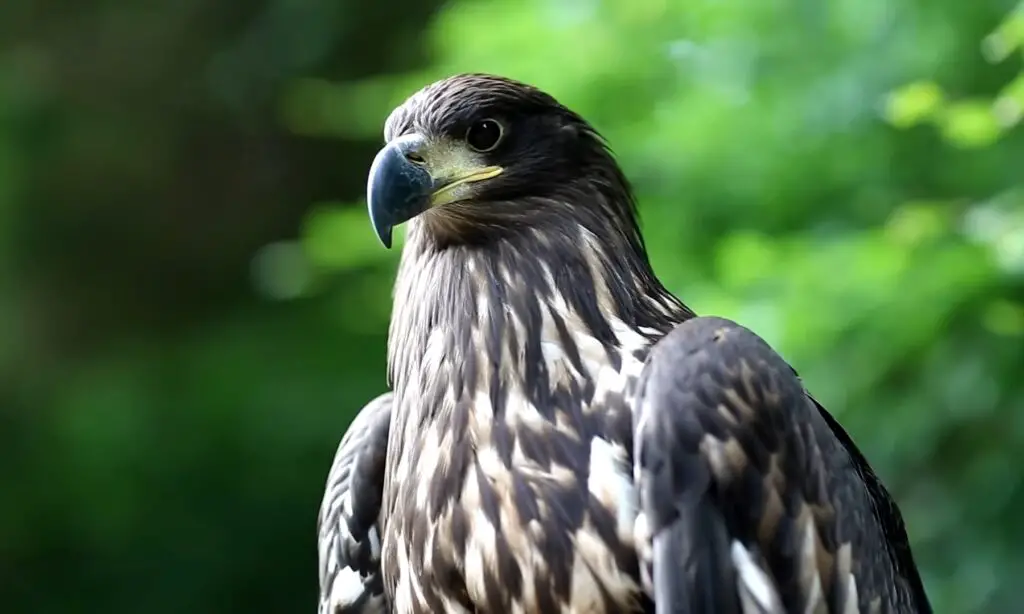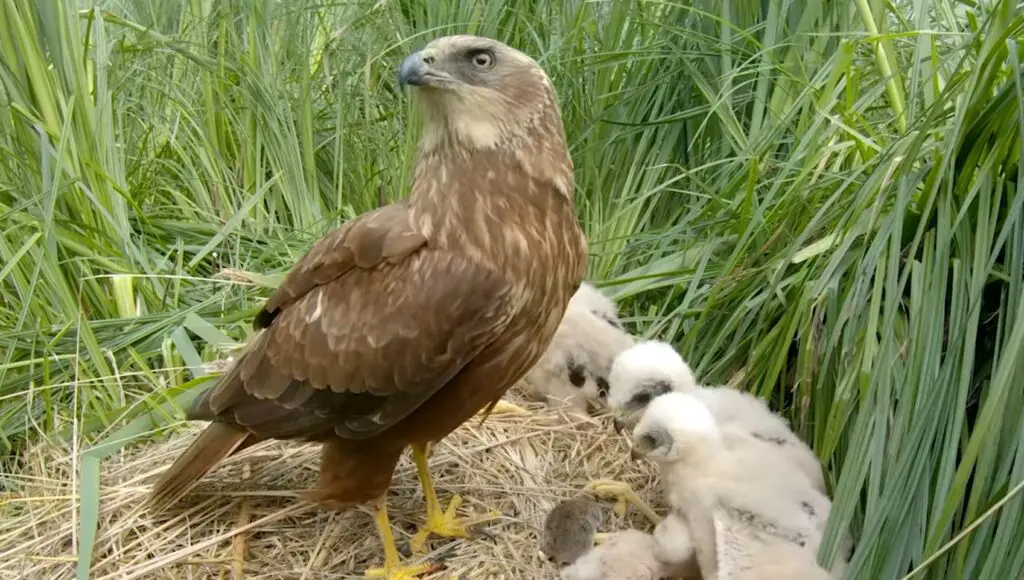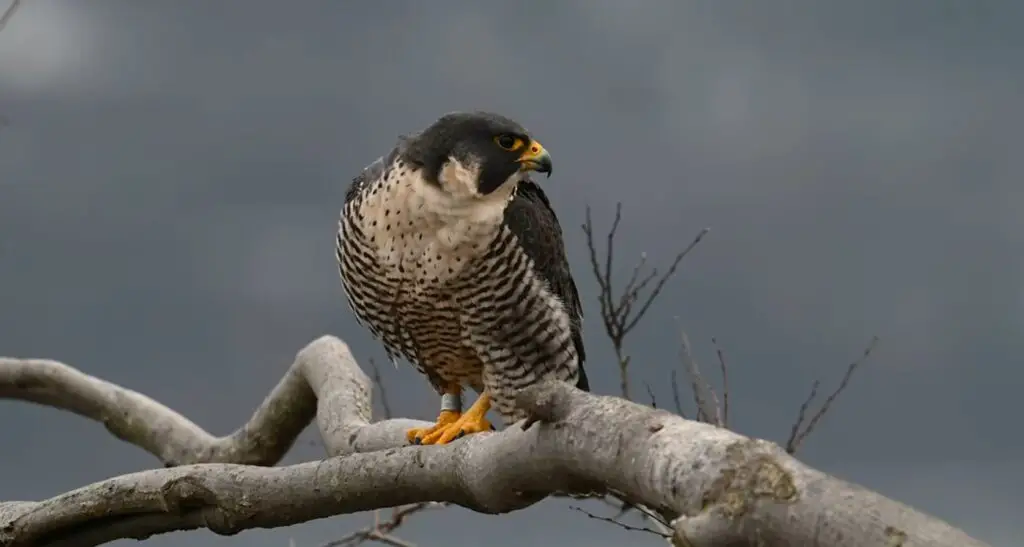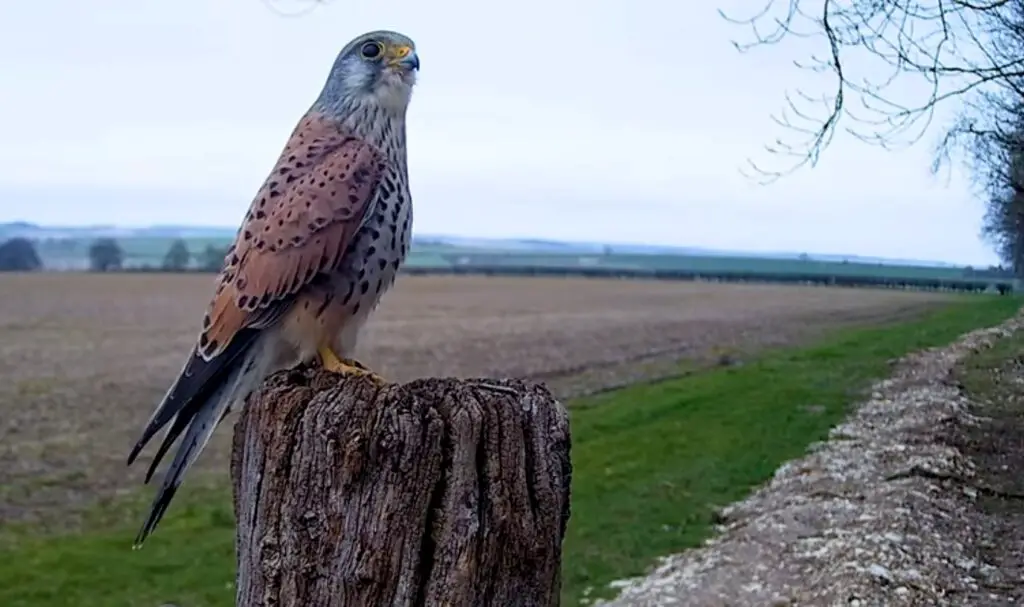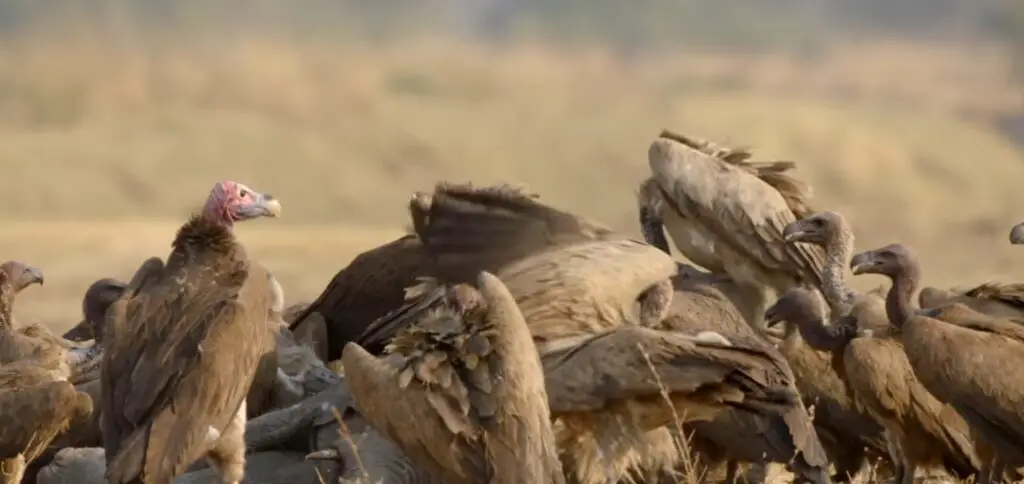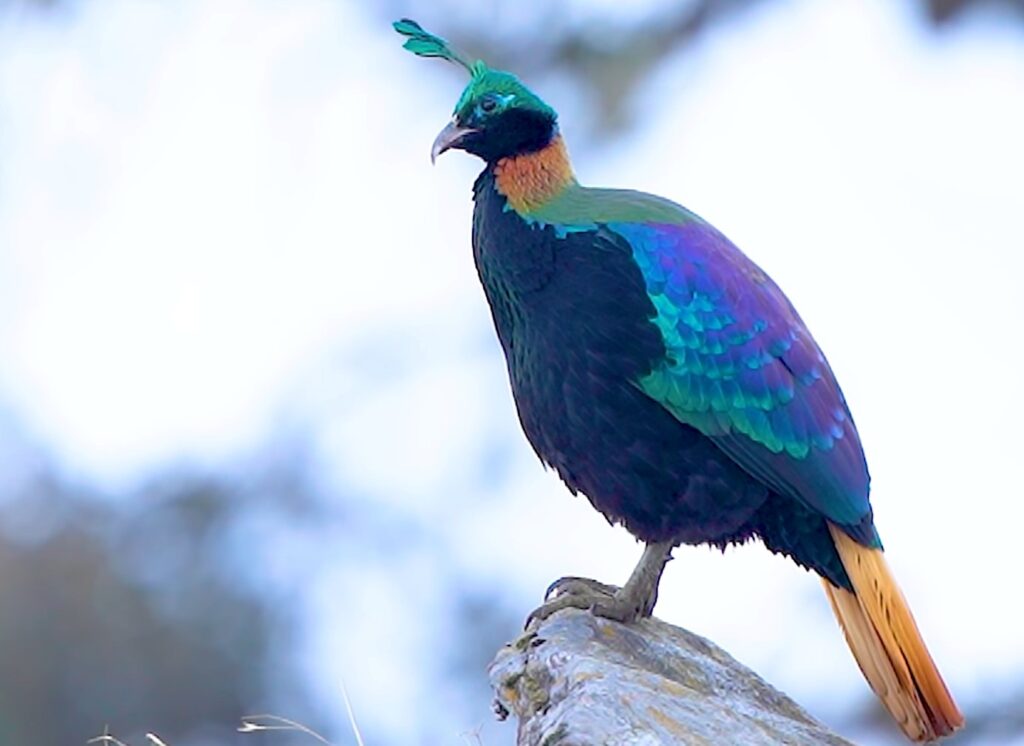Peacocks, scientifically known as Pavo cristatus, are one of the most recognizable and spectacular birds in the world. They are native to the Indian subcontinent and are widely admired for their iridescent plumage, which is adorned with colorful “eyespots” that can be expanded into a breathtaking fan display during courtship.
Male & Female Peacock Bird
The male peacock, known as peafowl, is larger and more colorful than the female, or peahen. They have a distinctive blue-green head and neck, with a crest of feathers on their head that can be raised and lowered at will. Their back and wings are adorned with long, bright feathers that have iridescent colors of green, blue, and gold.
The peacock’s “train,” or the long feathers on its tail, can be over 6 feet long and is decorated with eyespots that are used during courtship displays to attract a mate.
They are omnivorous and feed on a variety of foods, including insects, seeds, fruits, and small animals like rodents and reptiles. They are also known to eat crops and can become a nuisance to farmers in some areas.
Peafowl are social birds and live in small groups called “parties” or “musters.” They are primarily ground-dwelling birds but can fly short distances to escape predators or roost in trees at night. They are also adept runners and can reach speeds of up to 16 kilometers per hour.
Peafowl are popular in many cultures and are often associated with beauty, grace, and royalty. In India, they are considered sacred and are associated with Krishna, who is often depicted with a peacock feather in his headdress. In some cultures like Pakistan, their feathers are used for decorative purposes or in some cultures as a symbol of status.
Despite their beauty, they are facing several threats, including habitat loss, hunting, and poaching for their feathers. They are also sometimes kept as pets, which can lead to the spread of diseases and the release of non-native populations into the wild.
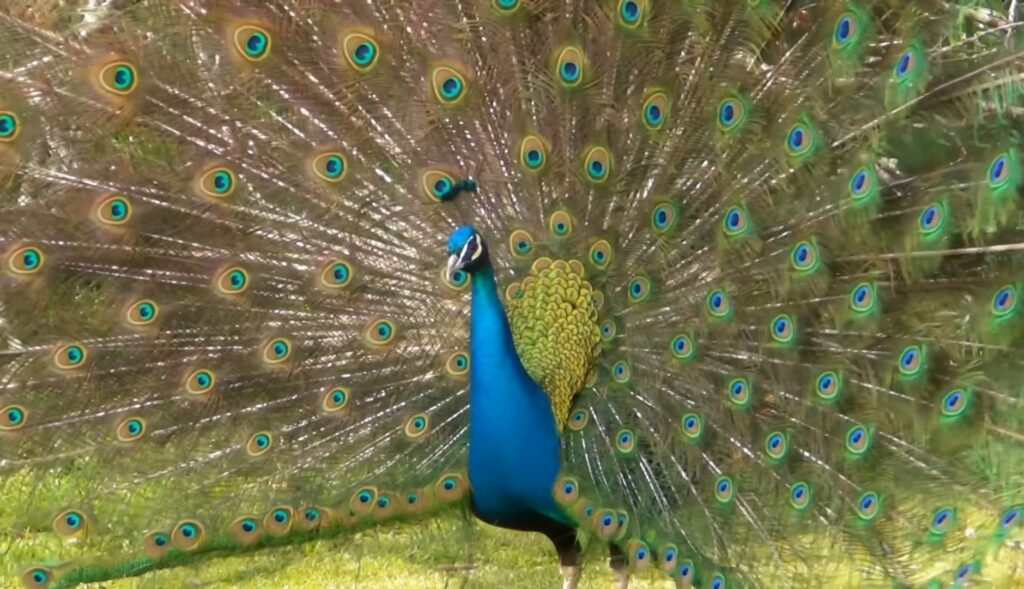
5 Interesting Facts about Peacocks
-
Spectacular Plumage: Peacocks are renowned for their stunning and vibrant plumage. The male displays a long, iridescent train of feathers with a mesmerizing array of colors. This impressive train can reach up to 6 feet (1.8 meters) in length, making it one of the most recognizable and beautiful features of any bird species.
-
Courtship Displays: Male peacocks employ an elaborate courtship display to attract females, which involves fanning out their long train feathers into a striking, fan-like shape. They then perform a dance, shaking their feathers and creating a rustling sound to capture the attention of nearby females. This display is a remarkable example of sexual selection in the animal kingdom.
-
Peacock vs. Peafowl: The term “peacock” is often used to refer to both the male and the species as a whole. However, technically, the term only refers to the male bird, while the term “peahen” is used for the female. Collectively, both males and females are called “peafowl.”
-
Native to South Asia: They are native to the Indian subcontinent and parts of Southeast Asia. They are found in countries such as India, Sri Lanka, Myanmar, and Indonesia. However, due to their captivating appearance, they have been introduced and can now be found in various parts of the world as ornamental birds in parks, zoos, and private estates.
-
Flying Abilities: Despite their large and showy feathers, they are capable of flight. While their train feathers may hinder their ability to fly long distances, they can fly short distances and perch on trees overnight. Their flight is usually limited to escaping from predators or reaching higher perches. Most of the time, they prefer to remain on the ground, foraging for food and walking gracefully with their striking plumage on display.
In conclusion, peacocks are magnificent and iconic birds that are revered for their beauty and grace. They are an important cultural symbol and a vital component of many ecosystems. However, their survival is threatened by human activities, and it is important that we take steps to protect and conserve these magnificent birds for future generations to enjoy.

